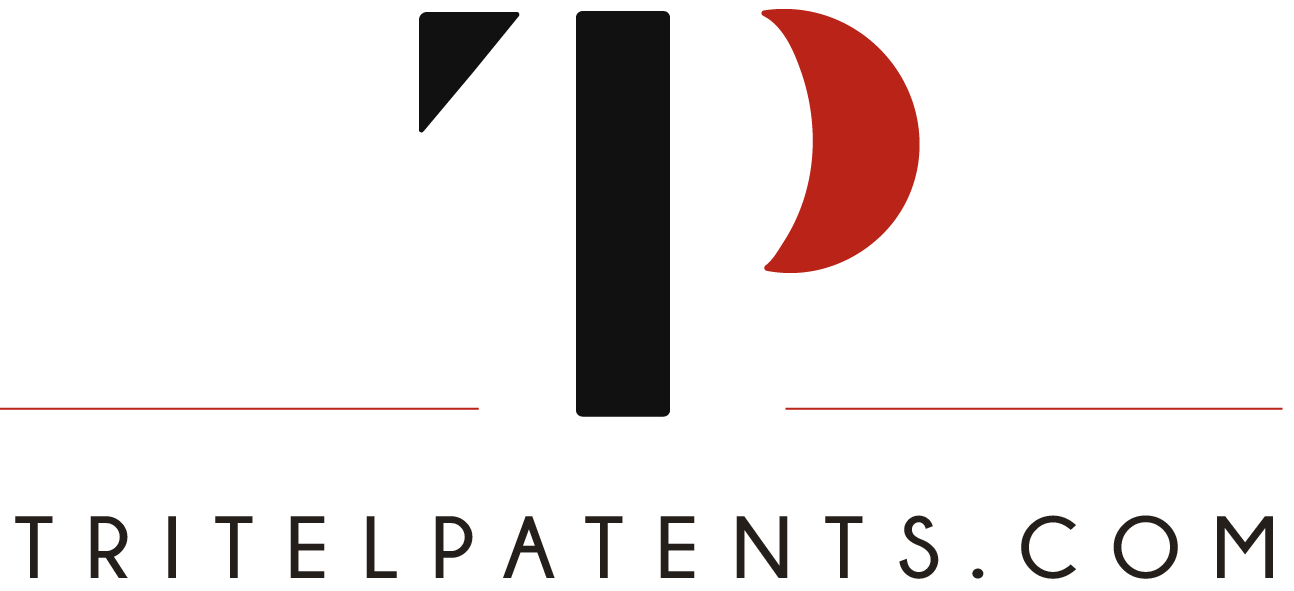“How should I proceed?”
I hear this question frequently from innovators who have developed a new technology. They want to know if their breakthrough can be patented, whether it’s worth pursuing a patent, and sometimes if they can prepare the patent application themselves to save costs. Occasionally, they also ask whether conducting a search before starting the process is necessary.
Let’s break these questions down one by one:
- Can my advance be patented? Generally speaking, a wide range of technological advances can be patented, such as photovoltaic solar panel coatings, gene editing systems, RNA preparation kits, and circuit board designs. To be eligible, the technology must be new (never previously published), non-obvious over prior publications, and described in sufficient detail so that someone skilled in the field could implement it. Natural phenomena and abstract ideas, however, are not patentable per se.
- Is it worth patenting? This question may require a more in-depth discussion. The patenting process is costly but justified if a product incorporating the invention can capture enough market share to attract competition. Many innovators also seek patents as a symbol of innovation, to help raise capital, or to position their company as a serious contender in the industry.
- Can I prepare the patent application myself? Technically, yes, but I strongly advise against it. Crafting a robust patent application requires experience and skill to increase its potential to mature into an effective patent. Additionally, if the patent is ever litigated, the quality of the initial application can significantly impact its enforceability.
- Should I perform a search before starting? Views vary on this point. A search can potentially save money if it reveals that the idea lacks novelty, and publications revealed can also help fine-tune the patent drafting process. However, thorough searches can delay filing, and securing an early filing date is often critical (for example, if others are working on similar ideas). In most cases, I lean toward filing the application sooner rather than conducting an exhaustive search, as the patent examiner will assess the novelty of the idea during the examination process.
This post provides a high-level summary of key considerations. This information is provided for general informational purposes only and should not be considered as a definitive statement of the law or its application.

